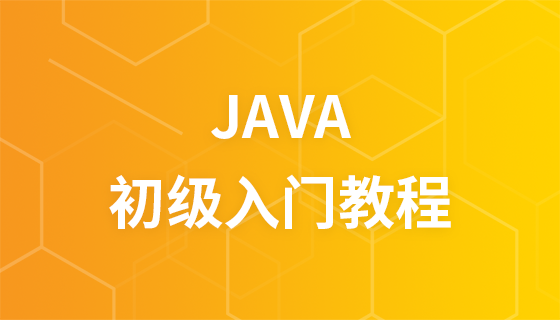
Application of distributed tracing in Go language: Distributed tracing helps understand the flow of requests in distributed systems. It enables developers to identify bottlenecks, find problems, and improve system performance. The Go language provides libraries such as OpenTracing and Jaeger to support distributed tracing. These libraries allow correlating links from different systems to visualize and analyze requests. A practical case demonstrates how to use OpenTracing to trace between different microservices.

Distributed tracing is very important to understand how requests flow in distributed systems . It allows developers to identify bottlenecks, find problems and improve overall system performance.
GoThe language provides powerful libraries for distributed tracing, such asOpenTracingandJaeger. These libraries allow developers to correlate links from different systems via tracking numbers in order to visualize and analyze their requests.
Suppose we have a distributed system composed of the following microservices:
// user-service func GetUser(ctx context.Context, id int64) (*User, error) { // Tracing span starts here span, ctx := opentracing.StartSpanFromContext(ctx, "get-user") defer span.Finish() // Get the user from the database user, err := db.GetUser(id) if err != nil { return nil, err } return user, nil }
// order-service func CreateOrder(ctx context.Context, userId int64) (*Order, error) { // Get the user using user-service user, err := userClient.GetUser(ctx, userId) if err != nil { return nil, err } // Create the order order := &Order{ UserID: user.ID, Status: "created", } if err := db.CreateOrder(order); err != nil { return nil, err } return order, nil }
In this case, we can useOpenTracingTo trace calls betweenuser-serviceandorder-service. Inuser-service, we start a tracing span when calling theGetUsermethod. We then append that span to the context of theCreateOrdermethod inorder-serviceafter retrieving the user fromuser-service. This creates a link across the two microservices that can be viewed and analyzed in the distributed tracing interface.
Distributed tracing is a key tool for improving the performance and reliability of distributed systems.GoThe language provides a powerful library for implementing distributed tracing. By using these libraries, developers can trace the path a request takes as it travels between different systems and identify bottlenecks and issues. This can help improve overall system performance and ensure system stability and reliability.
The above is the detailed content of Distributed tracing of Golang functions in distributed systems. For more information, please follow other related articles on the PHP Chinese website!




